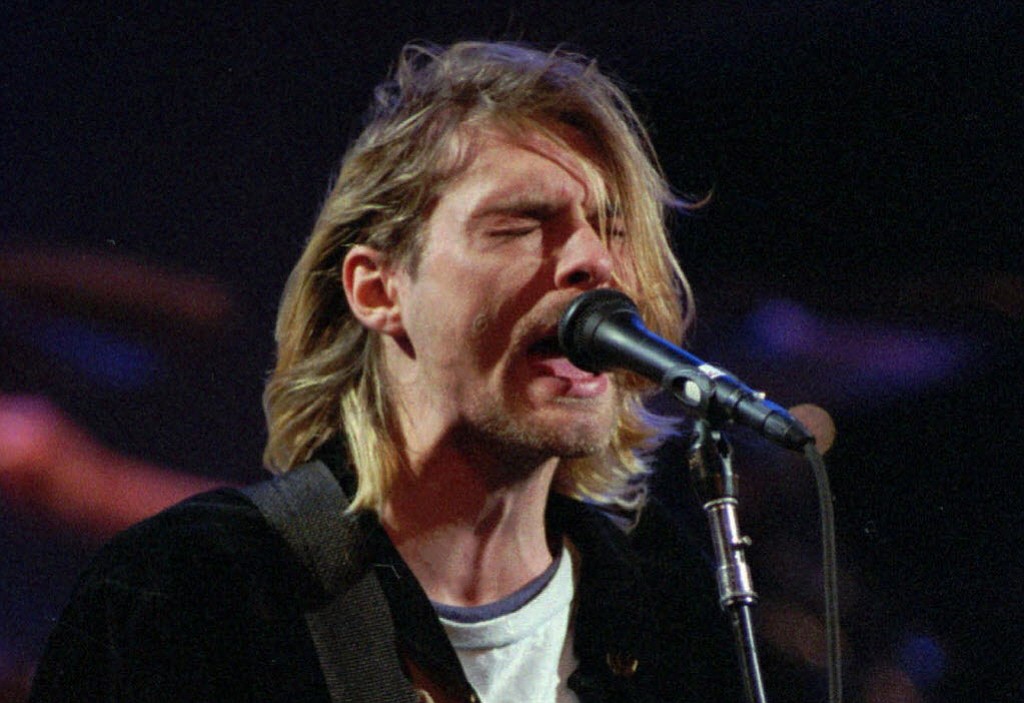Like Jim Morrison before him, Kurt Cobain exists in a dorm-room-poster afterlife, sanctified by fans, many of whom were born after his suicide in April 1994 and who flock to his recordings with the certainty that the music of Nirvana speaks directly to them. To its eternal credit, the music does.
While the rest of us get older, Cobain is forever 27 and still terribly, ruinously (and, almost certainly, clinically) depressed. Beyond that, the questions still nag: Was it the drugs? Was he born sad? Was it Don and Wendy Cobain’s divorce when Kurt was a boy? Was it his marriage to the tumultuous Courtney Love? Was it the pressure of fame? Was it corporate rock? Was it creative despair? Was it Seattle?
Biographers and filmmakers have gone over it and over it with varying results, but Brett Morgen’s rich and achingly artful documentary, “Kurt Cobain: Montage of Heck” (which premiered Monday on HBO), puts an end to those questions — not by definitively answering them, but by redirecting the focus on how Nirvana’s tragic frontman came into this world, how he was artistically and emotionally wired, and what kind of person he was before and after success. From this comes the only real answer: He needed help, and he didn’t get it.
“With 20/20 hindsight, you think, ‘Why didn’t I see it?’ or ‘I should have said something,’ ” says Nirvana’s bassist Krist Novoselic, one of the many interviewees in “Montage of Heck” who once more — and with the benefit of time — open up some deep hurt for this telling, which is being billed as “fully authorized.”



